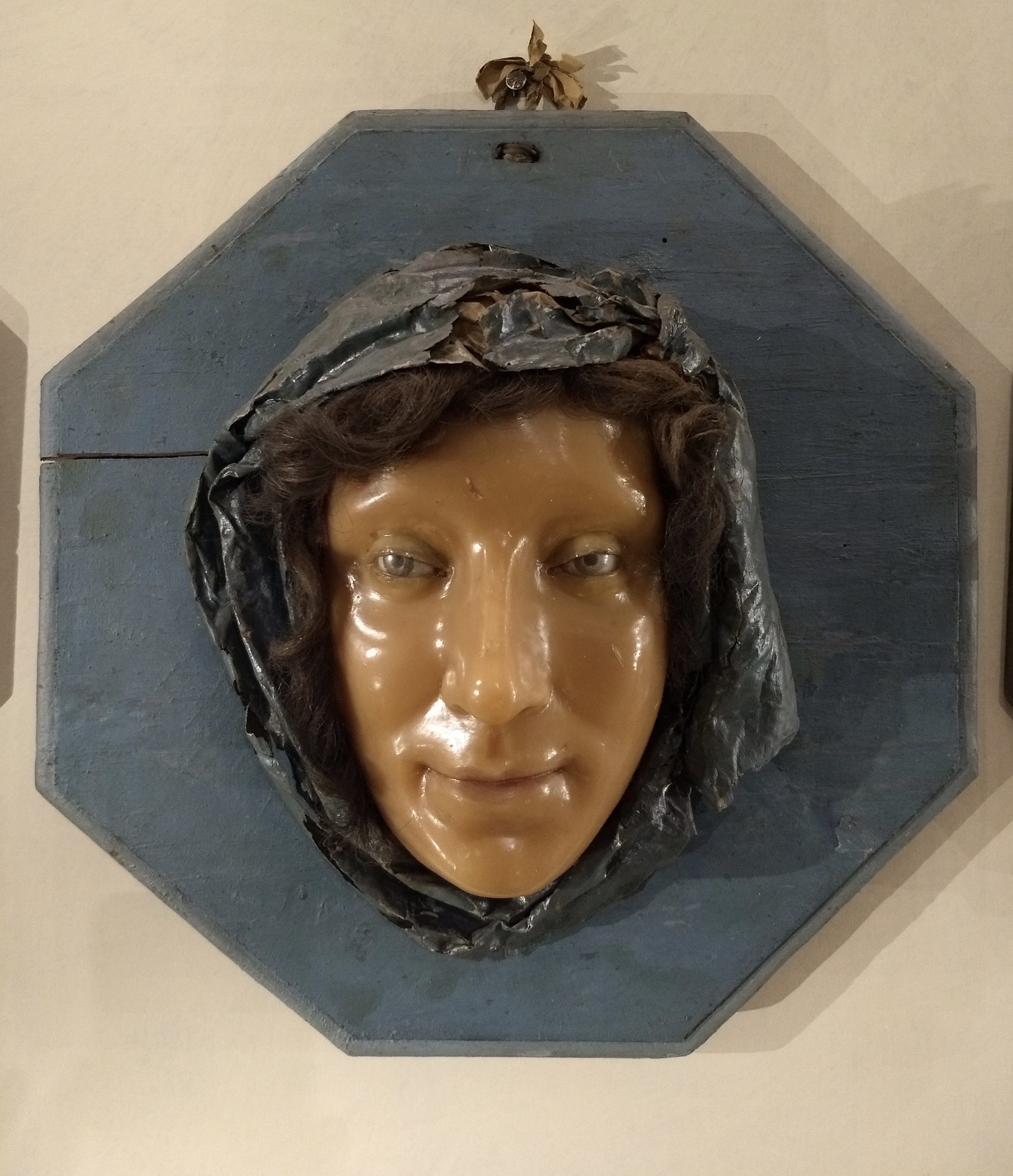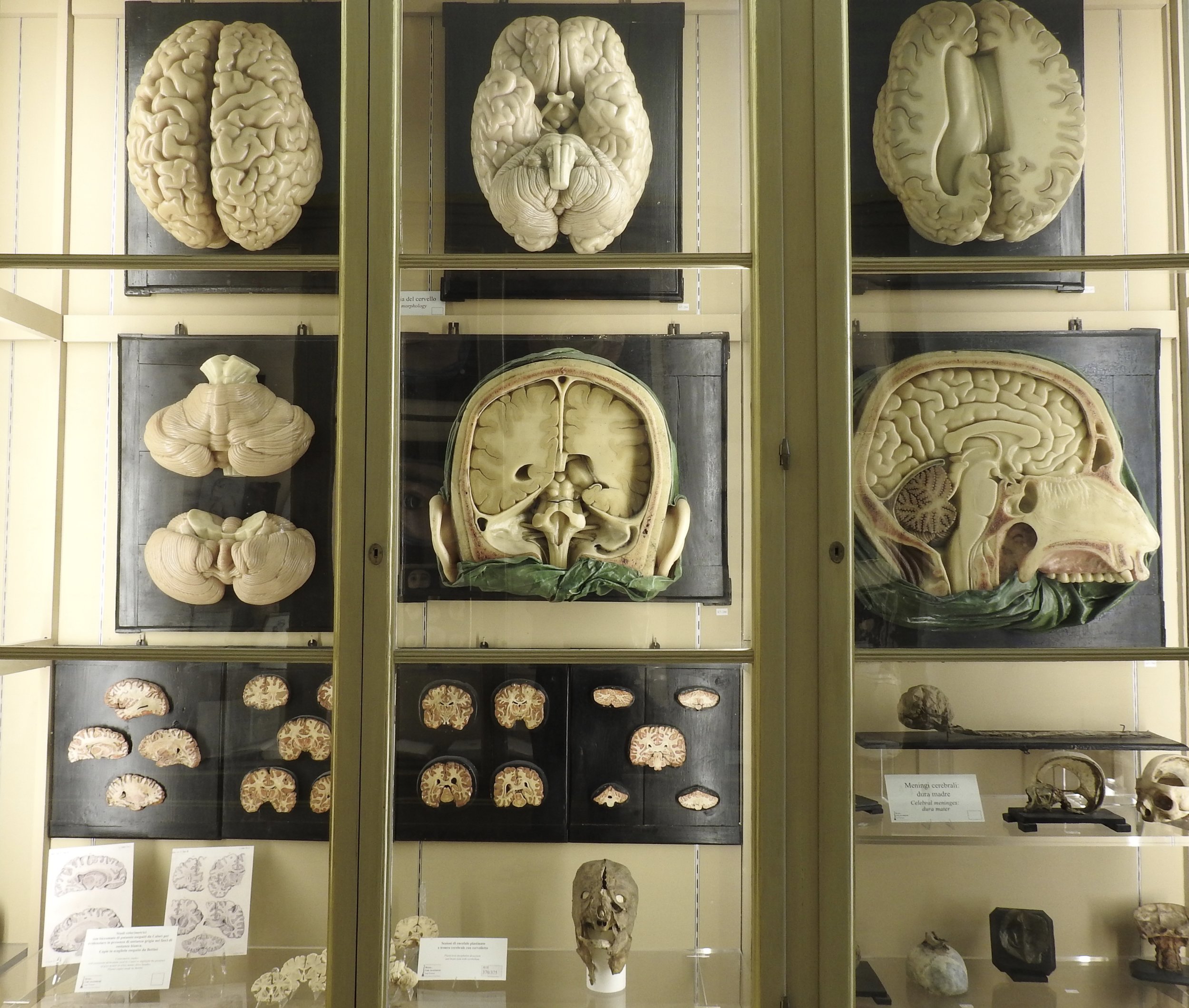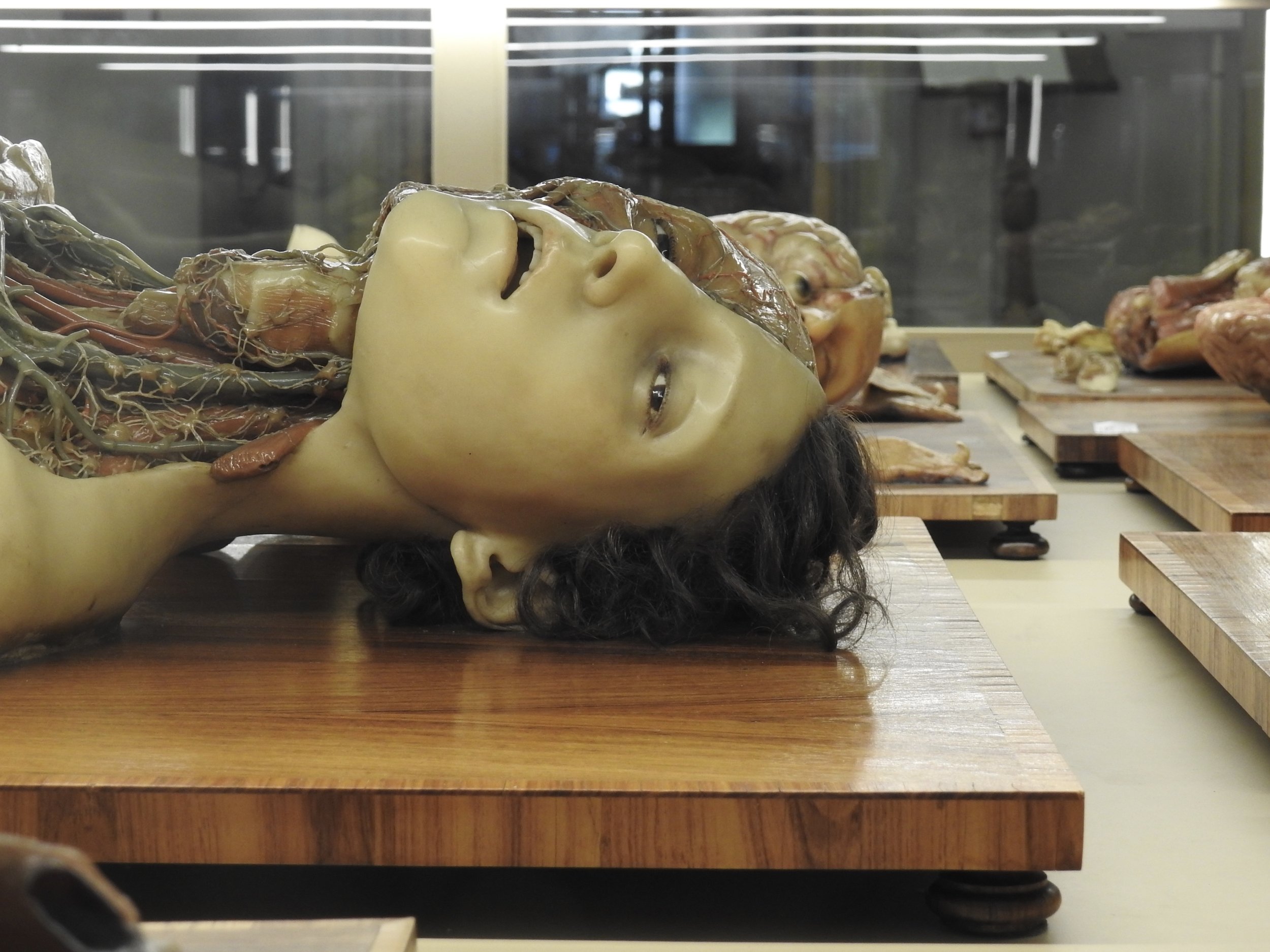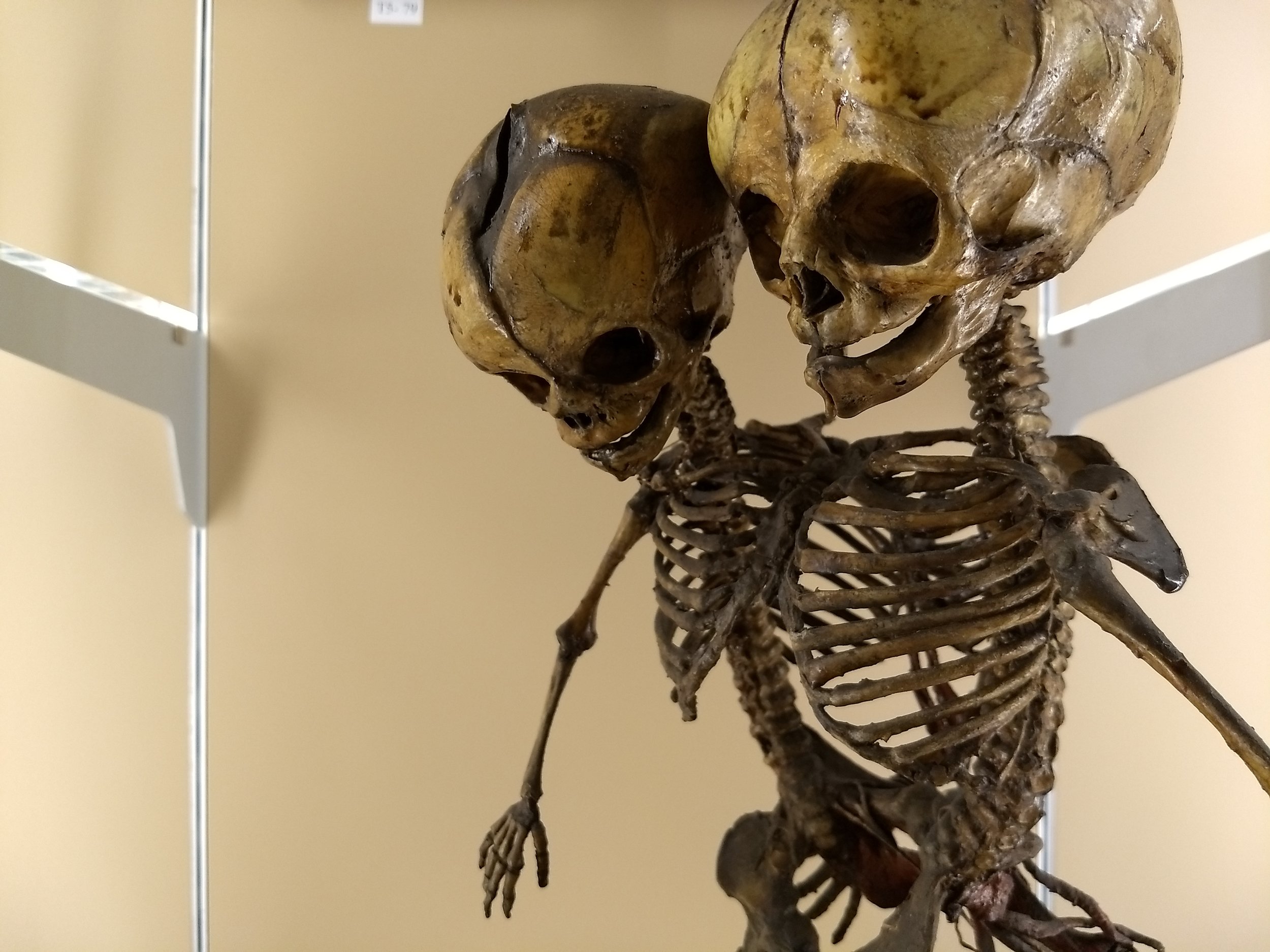In honor of today’s holiday, I’m closing the month and my series of posts on the anatomical waxworks of northern Italy with a longer installment dedicated to Bologna’s two great collections on the subject: Palazzo Poggi and Il Museo delle cere anatomiche “Luigi Cattaneo” (the Luigi Cattaneo Anatomical Wax Model Museum).
Bologna, which had been a locus for medical and anatomical study since the late 13th century, became a center for the creation of wax anatomical models in the 1700s. Although the Sicilian Gaetano Zumbo (1656–1701) may have made the first examples in the city when he studied there at the end of 17th century, Bologna’s place within the history of model-making more properly began in 1742 when Pope Benedetto XIV, formerly Bologna Cardinal Prospero Lambertini, commissioned the painter and sculptor Ercole Lelli (1702–1766) to make the eight full-size figures now standing in the Museum of Human Anatomy at Palazzo Poggi. Lelli’s production, like that of Anna Morandi (1714–1774) and Giovanni Manzolini (c. 1700–1755) after him, was a result of the need for realistic specimens that wouldn’t degrade over time, and was typified by the molding of wax around actual skeletons. This technique differed from the one popularized in Florence, where the models’ components were cast from body parts. The Florentine method ultimately became the more popular, and was even adopted by the Bolognese anatomist Giuseppe Astorri (1785–1852), whose works are on view at the Luigi Cattaneo Museum.
Palazzo Poggi
Palazzo Poggi is in fact an accumulation of several smaller museums joined under one roof. As such, it houses vast and varied objects ranging from the Japanese prints of its Asian art collection to the animal specimens in its natural history museum to the surprisingly beautiful wooden reliefs of military fortifications in the Museum of Military Architecture. However, perhaps its most famous contents are those of its Museum of Human Anatomy, which contains Clemente Susini’s Venerina (see previous post), as well as the Ercole Lelli, Anna Morandi, and Giovanni Manzolini waxworks. Complementing and leading into these more general anatomical galleries are the clay, glass, and wax models of the Obstetrical Museum collected by the Bolognese doctor Giovan Antonio Galli (1708–1782) to instruct surgeons and midwives in the anatomy, instruments, and challenges of childbirth. Manzolini, who learned his craft from Lelli and taught it to his wife, Morandi, also made some of the wax models in the Galli collection.
Il Museo delle Cere anatomiche “Luigi Cattaneo,” University of Bologna
Located on the second floor of the campus building at Via Irnerio 48, Il Museo delle cere anatomiche “Luigi Cattaneo” contains 19th century works by the famous Florentine artist Clemente Susini (1757–1814) and Bolognese modelers, including Giuseppe Astorri and Cesare Bettini. The museum’s concern with pathological anatomy—including wax reproductions, bare skeletons, and preserved specimens of those who suffered from disease and genetic defects—set it apart from the other collections we visited.
Despite my initial excitement, I must admit that I found parts of the display disturbing, a reaction made worse by the fact that the morning we chose to go was hot; the building’s closed, second floor was stuffy; and the spaces between cases were often claustrophobically narrow. That context—combined with an unfortunate propensity for visceral empathy—meant that I had to step out of the galleries, breathe some fresher air, and compose myself multiple times before finally leaving altogether. Unwilling to surrender, I did drag Josh back a couple days later when the weather was cooler and I was better mentally prepared.



























